Swallowing Issues
Struggling with swallowing issues (dysphagia)? Here’s what you need to know to find relief.
ALL TEST ARE ACCREDITED & REGULATED BY
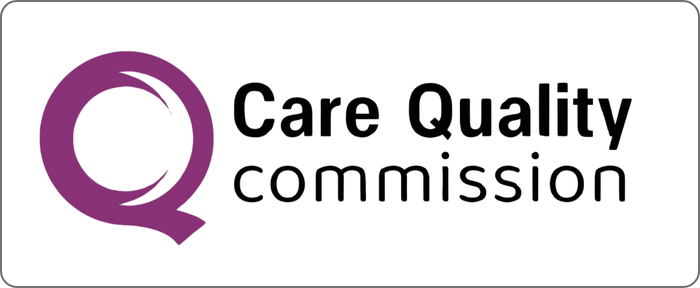


What is dysphagia?
Dysphagia is difficulty swallowing, you may feel like food and/or drink is getting stuck when eating and drinking.
This can be involuntary, or it can be voluntary; for example, if you make yourself sick.
You may feel food or liquid sticking in your throat, or in your chest (oesophagus) after swallowing, causing discomfort and sometimes pain. Swallowed food or liquid may eventually go down, or can be regurgitated if they just won’t go down. You may also find yourself coughing or choking when eating and drinking.

Why does dysphagia happen?
There are several possible causes of dysphagia. Understanding yours can be the first step towards taking control of your symptoms.
Gastroesophageal reflux disease (GORD)
Hiatus hernia, when part of your stomach moves up into your chest
Achalasia, a blockage of the valve at the end of the food pipe
Pharyngeal dysfunction, a problem with the function of the muscles in your throat
Some neurological conditions such as Parkinson’s disease or cerebral palsy
Previous stroke or head/neck injury

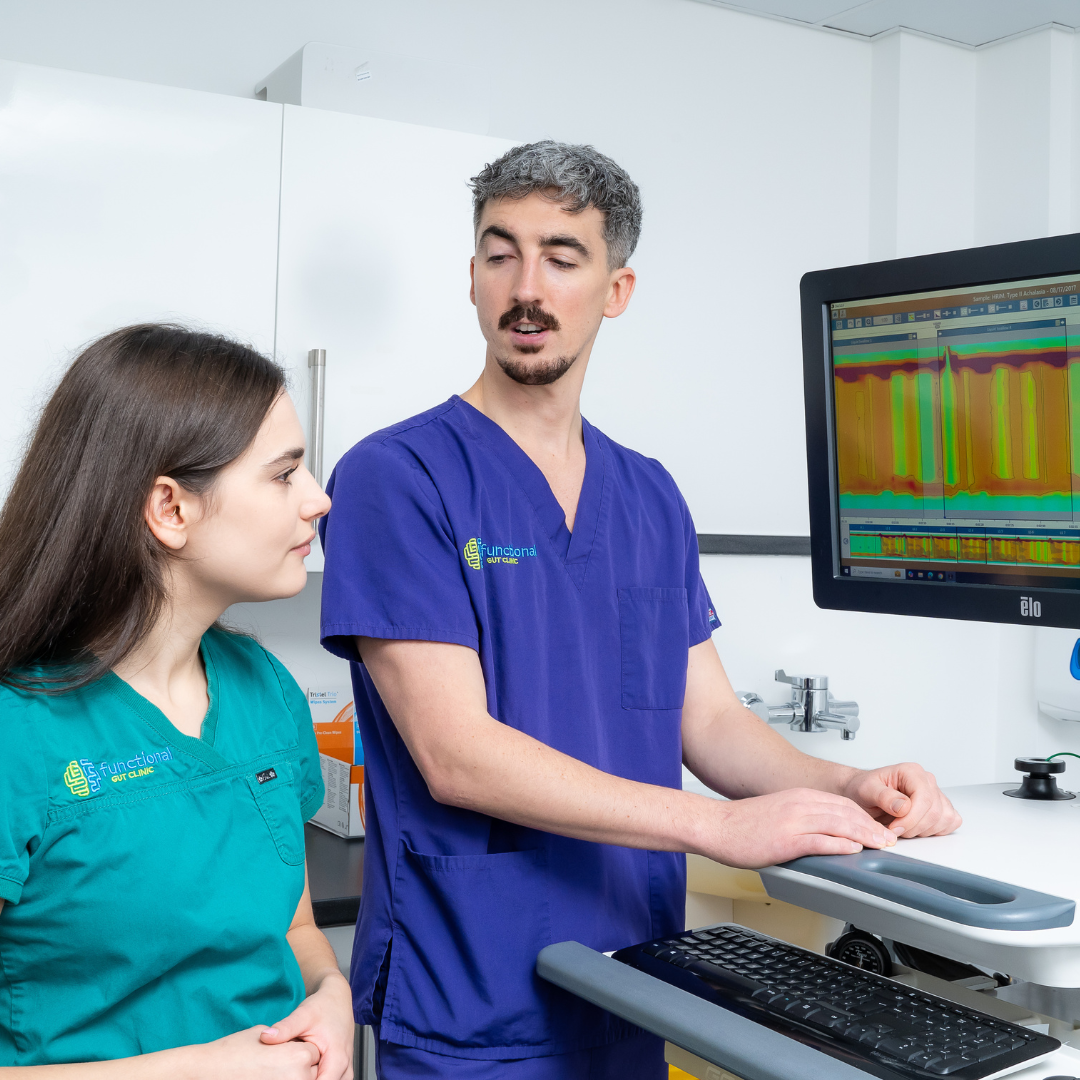
Diagnosing dysphagia
It’s important to find out the causes of your swallowing issues.
Oesophageal manometry & Pharyngeal manometry
At the Functional Gut Clinic, we use two main tests to give you the information you need:
Oesophageal manometry – which measures the function of your oesophagus (food pipe)
Pharyngeal manometry – which measures the function of your upper oesophageal sphincter and muscles in the pharynx (throat)
What is dysphagia?
The problem occurs because the muscles or nerves that control swallowing aren't functioning correctly. Often, people feel like there is food or liquid stuck in their throat or chest (oesophagus) after swallowing, causing significant discomfort and occasional pain.
Swallowed food might eventually pass into the stomach, or it can be regurgitated back into the mouth. People with this symptom might find themselves coughing or choking when eating or drinking due to the discomfort.
Problems with swallowing can occur anywhere between the mouth and stomach. There are several types of dysphagia:
Oral dysphagia (high dysphagia): Due to issues within the mouth.
Pharyngeal dysphagia: Due to issues in the throat.
Oesophageal dysphagia (low dysphagia): Due to issues in the oesophagus.
Understanding the level where the dysphagia occurs is crucial to diagnosing the underlying cause and treating the condition.
What are the symptoms of dysphagia?
Dysphagia is hard to ignore. The sensation of something in the throat or oesophagus is often extremely distressing and can give the person the impression that they're choking. The feeling that there is something stuck in the throat is known as the Globus Sensation – it's characteristic of dysphagia.
Other potential symptoms include:
Repeated or delayed swallowing
Regurgitating food or stomach acid back into the throat
Coughing or gagging when swallowing
Pain when swallowing (odynophagia)
A sore throat
Unpleasant breath
If the dysphagia is linked to gastroesophageal reflux disease (GORD), then you may notice heartburn and a strong acidic or sour taste in your mouth.
Repeated episodes of dysphagia increase the risk of complications. One of the main risks is aspiration, where small particles of food or liquid enter the airway or lungs. This can lead to recurrent episodes of pneumonia if left untreated.
Choking is another risk if larger particles of food block the airway. The symptoms of choking include coughing, inability to speak or breathe, wheezing, and sudden, severe distress or panic. Immediate action is necessary to clear the obstruction and ensure the airway is open.
What causes dysphagia?
There are several possible causes of dysphagia. Understanding what's causing your symptoms is the first step to solving the problem. One of the most common causes of dysphagia is a dry mouth (xerostomia), which can make it harder to swallow. However, the condition is rarely severe and generally does not cause recurrent dysphagia.
Gastroesophageal reflux disease (GORD) often causes inflammation of the oesophagus (oesophagitis). This is because the acid reflux irritates the oesophageal lining. If this persists, GORD can lead to a stricture or permanent narrowing of the oesophagus, which worsens dysphagia.
Infection or inflammation are rarer causes of dysphagia. Similar to GORD, they cause the oesophageal lining to swell, preventing food from entering the stomach.
Hiatus hernia involves part of the stomach moving through the diaphragm (muscle barrier between the chest and abdomen) into the chest. It can impede the normal movement of the oesophagus.
Achalasia occurs when the lower oesophageal sphincter (LOS), which separates the stomach from the oesophagus, does not relax. This prevents anything from entering the stomach, causing dysphagia and regurgitation.
Neurodegenerative conditions, such as dementia, Parkinson's disease, Huntington's disease, and motor neuron disease, can affect the brain's control over the oesophagus.
Other neurological conditions, including cerebral palsy, head or neck injury, or a stroke, can affect the region of the brain responsible for controlling swallowing.
Pharyngeal dysfunction involves a problem in the muscles within the throat, preventing normal swallowing.
Other causes of dysphagia include autoimmune conditions, thyroid disease, oesophageal cancer, Zenker's diverticulum, and much more. In some cases, people might have dysphagia without realising it due to a lack of sensation. Such cases often go undiagnosed, and the person does not receive treatment.
Is dysphagia serious?
Dysphagia, especially if recurrent, is a serious symptom. The most significant form is oesophageal dysphagia, as the potential causes are more severe. If you notice any symptoms of dysphagia, it is crucial to seek medical help. It is never normal to have difficulty with swallowing.
Depending on the underlying cause, ignoring dysphagia symptoms can lead to harmful long-term complications. For example, if you have dysphagia from GORD, then persistent episodes of acid reflux can cause an oesophageal stricture. Over time, the continual presence of acid will induce changes in the oesophageal lining, causing it to appear similar to the intestine (Barrett's oesophagus). This is a precancerous condition. However, if the inflammation persists, oesophageal cancer is a potential complication.
It's not just the complications. Pain or discomfort due to swallowing can cause people to reduce their food intake or avoid eating altogether. This can lead to:
Malnutrition: Inadequate nutrient and calorie intake can occur if a person is unable to swallow properly. This is particularly critical for those who are unaware they have dysphagia and are not undergoing treatment.
Dehydration: Individuals who struggle to drink properly may not consume enough fluids, resulting in dehydration.
Social Isolation: The embarrassment associated with dysphagia may lead some individuals to withdraw from social interactions that involve eating or drinking.
Lastly, there is the risk of aspiration pneumonia. If food or drink enters the lungs, it significantly increases the risk of pneumonia. Unlike other forms of pneumonia, the bacteria are often harder to treat as they originate in the digestive tract.
How do we diagnose dysphagia?
Diagnosing dysphagia involves identifying the underlying condition. Your doctor may initially perform a physical examination, looking inside your mouth and feeling your throat to check for abnormalities or swelling.
More specialised tests visualise the oesophagus:
A barium X-ray (or barium swallow) involves swallowing barium, a dye that lets doctors see your throat, oesophagus, and stomach. This can identify any blockages, such as a stricture, achalasia, or cancer.
Video fluoroscopy is a similar test involving eating foods with radiopaque dyes in them. The video aspects allow doctors to evaluate the oesophagus's function.
These tests confirm the presence of dysphagia and can diagnose some of the causes. However, it cannot detect neurological changes, infections, or acid reflux.
One of the most important tests is manometry, which measures the pressure inside the oesophagus. It can detect if it is functioning normally. You may require:
Oesophageal manometry, which measures the function of your oesophagus (food pipe)
Pharyngeal manometry, which measures the function of your upper oesophageal sphincter and muscles in the pharynx (throat)
Another potential option is endoscopy, which involves inserting a flexible tube with a camera attachment down into your oesophagus. This allows the doctor to see the oesophagus in detail, taking biopsies if necessary. The procedure can be performed under sedation.
When should you seek medical care for dysphagia?
If you've experienced a single episode of dysphagia, it's usually nothing to worry about. However, if you experience dysphagia routinely, seek medical attention. Difficulty swallowing or painful swallowing is not normal and usually indicates an underlying condition.
It's especially crucial to talk to a doctor if:
You experience heartburn more than once a week
You have difficulty swallowing that progressively worsens
Your swallowing problems lead to weight loss or dehydration
Your heartburn persists despite treatment
You are over the age of 60 and notice new or worsening swallowing issues
You cough up blood
You experience recurrent pneumonia or chest infections (which could be due to aspiration)
Remember, dysphagia is a serious symptom that won't get better without treatment. The Functional Gut Clinic can help you understand your symptoms by advising on the best tests. We will discuss your results and guide you in seeking appropriate care.
Why does dysphagia happen?
Lifestyle changes
Dysphagia cannot be treated effectively with lifestyle changes. However, you can reduce the symptoms and potential discomfort. Consider these lifestyle adjustments:
Modify Eating Habits. Chew food slowly and thoroughly, take smaller bites, and consider altering the consistency of food through blending or mashing to facilitate easier swallowing.
Stay Upright During and After Meals. Remain upright for at least 30 minutes after eating to help prevent symptoms related to gastroesophageal reflux disease (GORD), which can exacerbate dysphagia.
Avoid Trigger Foods. Limit intake of foods that can trigger reflux, such as spicy and fatty foods, caffeine, and alcohol.
Hydration. Maintain regular hydration by sipping small amounts of fluids frequently throughout the day.
Therapeutic Exercises. Consult with a speech or occupational therapist for exercises and strategies to strengthen the muscles involved in swallowing.
Often, dysphagia isn't managed by a doctor but by a speech therapist. They'll evaluate your progress, teaching you exercises that can strengthen your facial muscles and improve your swallowing.


Dietary Changes
Many people with dysphagia need to learn to live with the condition. This involves modifying your diet and eating habits to ensure that you can eat safely and comfortably.
One of the simplest solutions is to modify the texture of the food. The food can be neither too hard nor too runny, as this can make it harder to swallow. When preparing food, however, it's still important to think about texture and taste. Try to opt for dishes that don't require any modifications, e.g., a stew or pasta.
Some foods present a significant challenge for people with dysphagia, such as:
Peas, corn, and other small items
Meat
Bread
Certain fibrous vegetables, including cabbage and Brussels sprouts
Fresh fruit
Rice
Either limit your intake of these foods or consider how you can modify them to be easier to swallow. For example, slow-cooking meat makes it easier to chew and swallow.

Medication
If your dysphagia is caused by GORD, relieving any acid reflux can correct the issue – although it may take some time for the oesophagitis to subside. As with other causes of dysphagia, the first-line treatment for GORD involves lifestyle changes. Avoiding trigger foods, such as alcohol, caffeine, and fatty or spicy foods, will minimise acid production. Quitting smoking, eating smaller meals, and avoiding lying down after eating are sensible changes.
Alongside lifestyle changes, people often take over-the-counter (OTC) antacids to neutralise the acid and provide immediate relief. If you're reliant on antacids, speak to your doctor about alternative medications. Proton pump inhibitors (PPIs) and H2 receptor antagonists both reduce the production of acid in the stomach, preventing acid reflux.
Surgery
Most doctors prefer a conservative approach to treating dysphagia. However, if the causes cannot be treated with lifestyle changes or medication, then surgery is the final option. Surgery is suitable for:
Severe hiatus hernia
Achalasia
Oesophageal stricture
Oesophageal cancer
A hiatus hernia is fixed with a fundoplication, which tightens the junction between the stomach and oesophagus, or by inserting a LINX device, a ring of magnets which sits around the same junction.
Achalasia and strictures require the region to either be stretched open or an incision made to allow food to pass through.
Lastly, oesophageal cancer can be treated with either chemotherapy or radiotherapy. Surgical removal of the cancer is an option if it hasn't spread to the surrounding regions.
Hear from people we’ve helped, just like you.
"Very professional while welcoming and friendly"
"The manner and demeanour of all staff from reception to people carrying out the test was very professional but welcoming and friendly. Atmosphere is very relaxed and all instructions clear and concise."
London Patient

"Highly recommend this"
"Thanks to Dr Hobson and everyone at the Functional Gut Clinic. The whole team is very kind and generous and they are doing things that are cutting edge and they actually get results."
Manchester Patient

"Highly recommend this"
"After stopping my lansoprazole, every time I had a warm drink, I could feel it burn all the way down to my stomach. Thank you to Sam for making me feel at ease." - Manchester Patient

"My experience could not be better"
"Pleasant and knowledgeable staff that made the experience more enjoyable than it should be!" - London Patient

"Very friendly and knowledgeable"
"An excellent service from beginning to end. I would recommend to anyone who was considering having testing done. Very friendly and knowledgeable!" - Manchester Patient

"Very kind and helpful"
"It was also great to have time to talk to the clinicians – very important when you have problems. Reception staff also very kind and helpful." - Manchester Patient

Are you experiencing any other symptoms
Symptoms are often closely connected. Find out more below.
Reflux
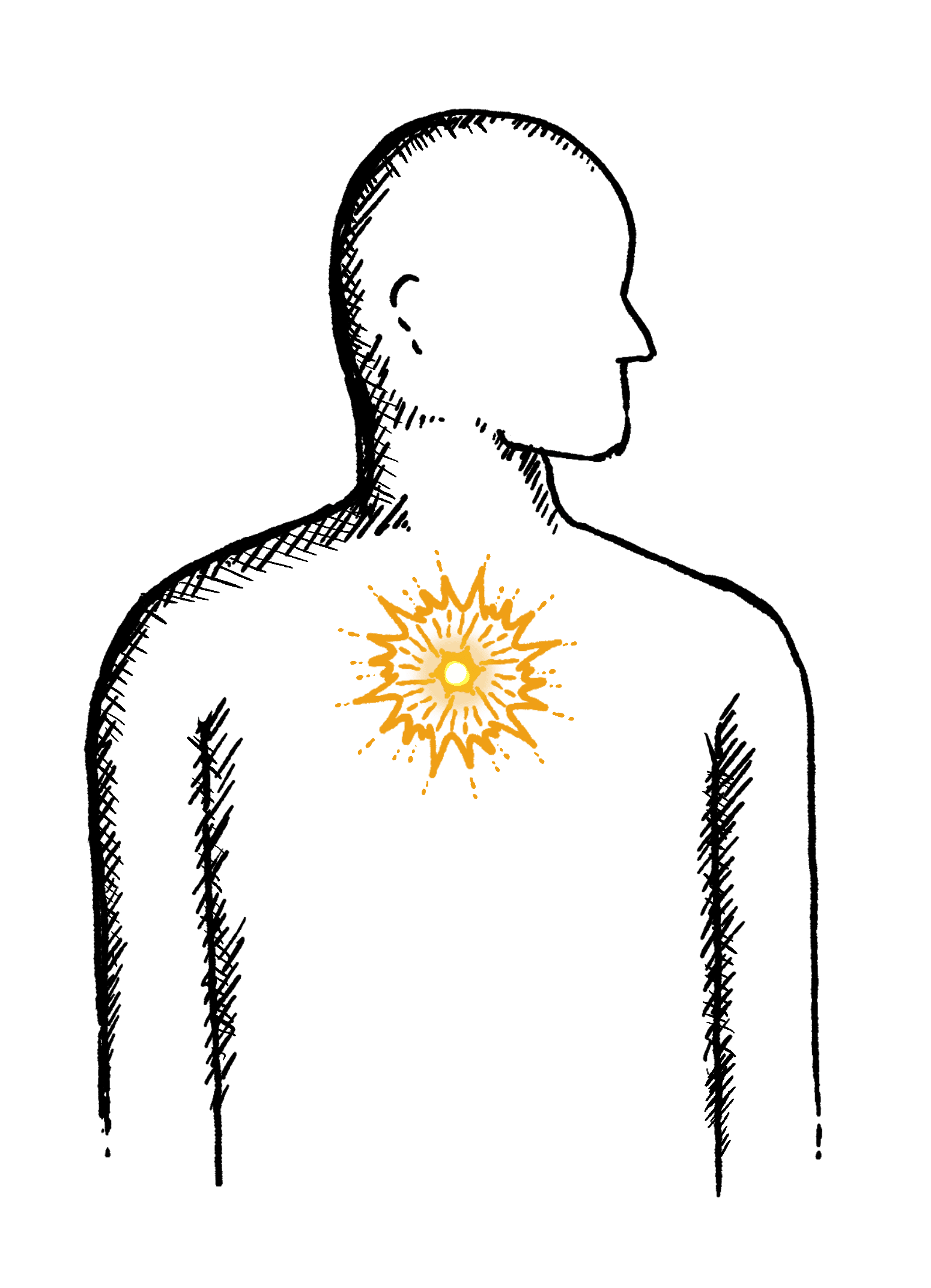
Burning mid-chest, worse when bending or lying down
Bloating
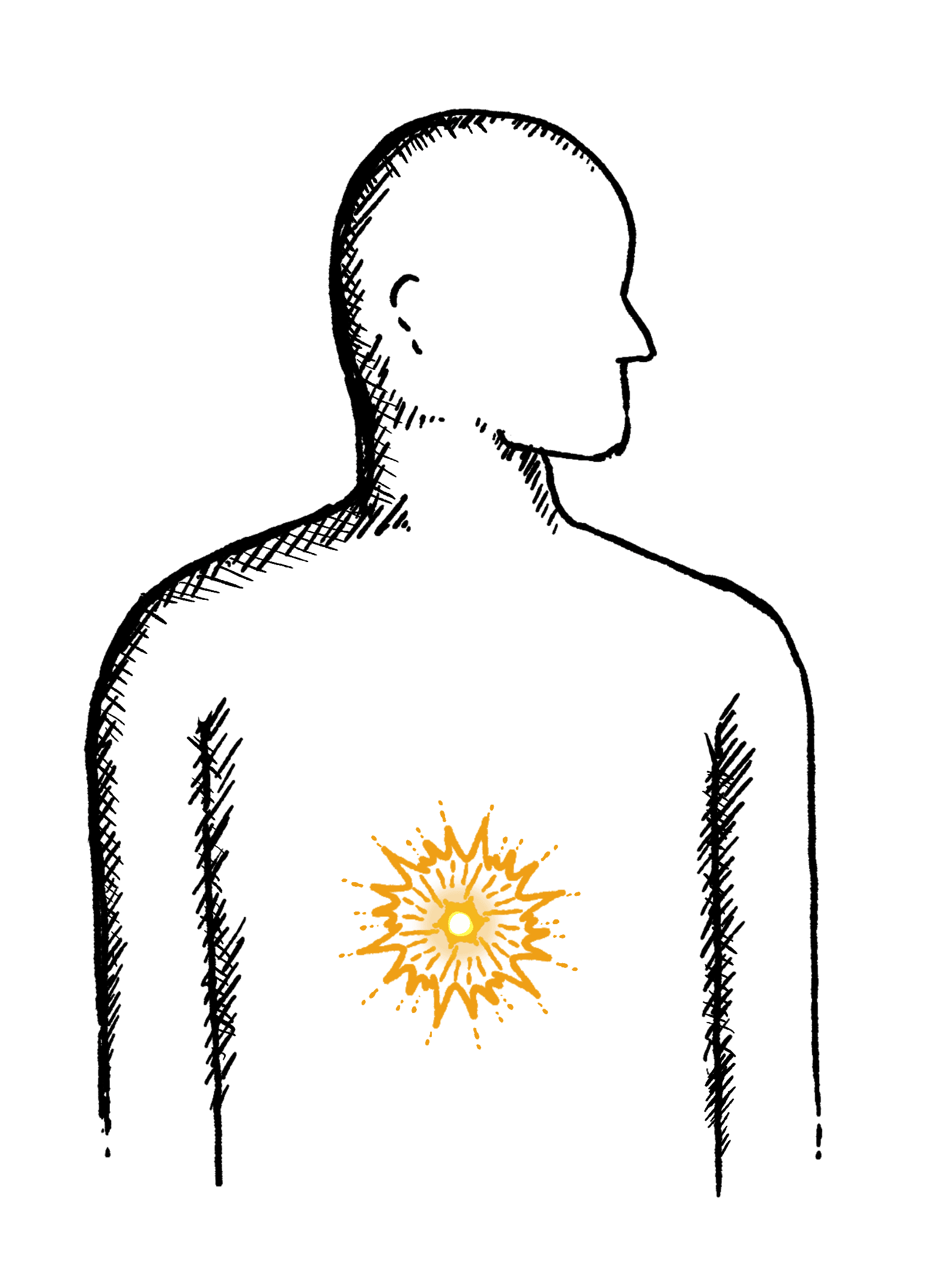
Feeling uncomfortably full and tight, excess belching/breaking wind, abdominal pain or gurgling
Heartburn

A burning pain in your chest, just behind your breastbone.
The pain is often worse after eating...
Constipation
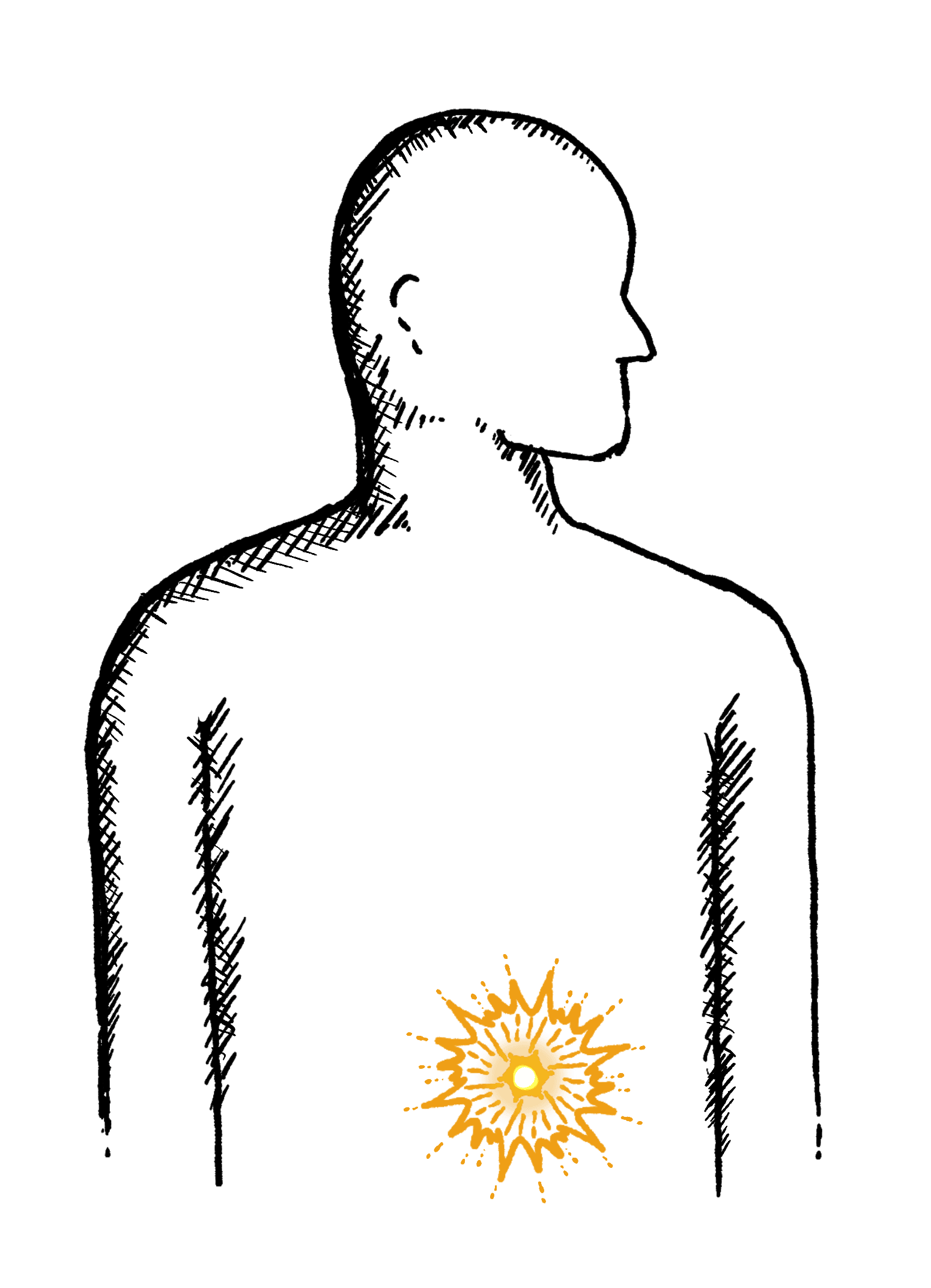
Difficulty going to the toilet, unusual stools, often with stomach ache or intestinal cramps, bloating, nausea or appetite loss
Regurgitation

Bringing food or drink back up, difficulty swallowing, feeling that food or drink is stuck in your throat, horrible taste in your mouth
Diarrhoea
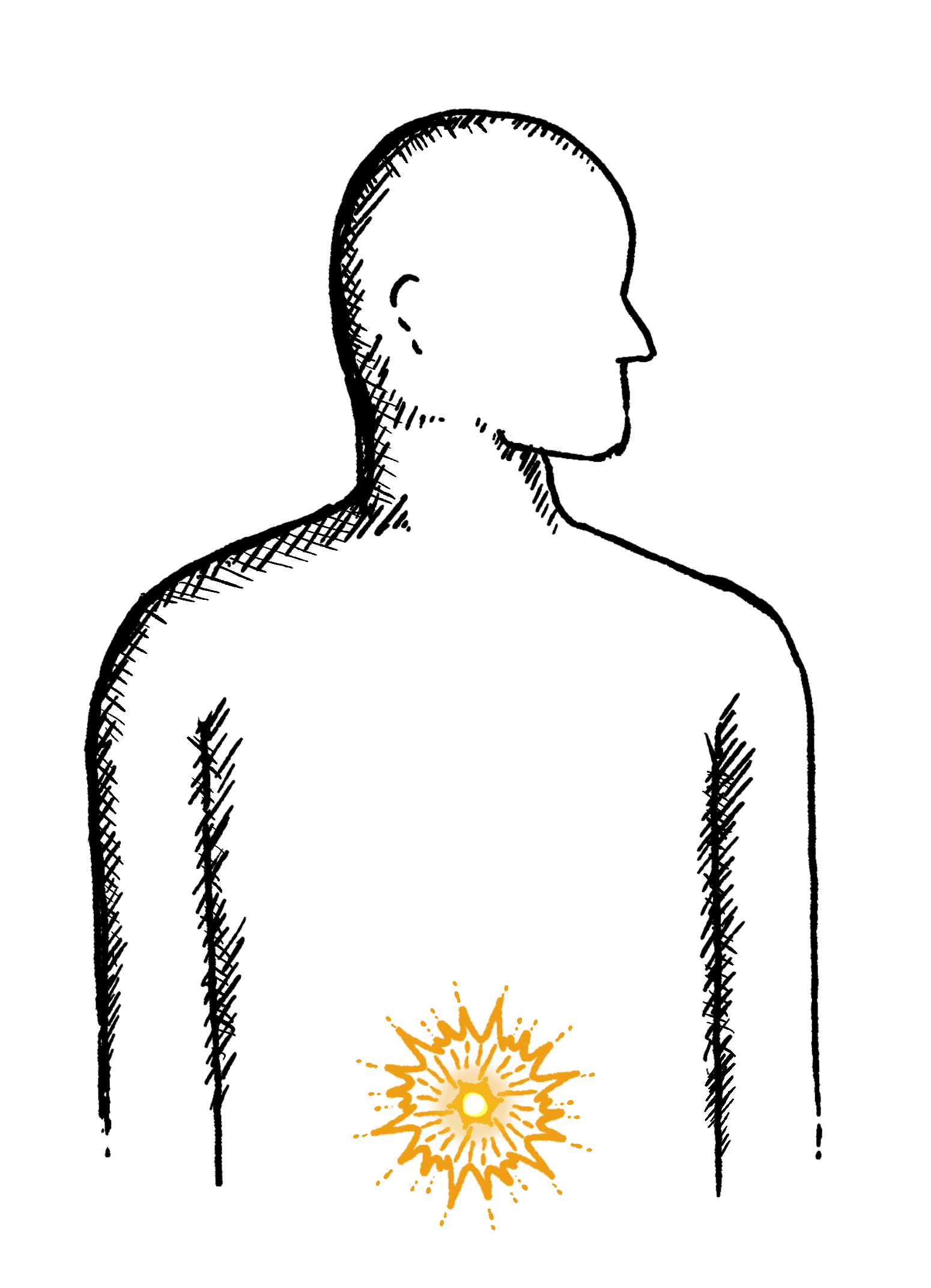
Loose or explosive stools, can’t get to a toilet in time
Abdominal Pain

Cramps; sharp or dull pain, Bloating, Excessive belching, Nausea or vomiting
Faecal Incontinence

Stools leak unexpectedly, Can’t get to a toilet in time
IBS
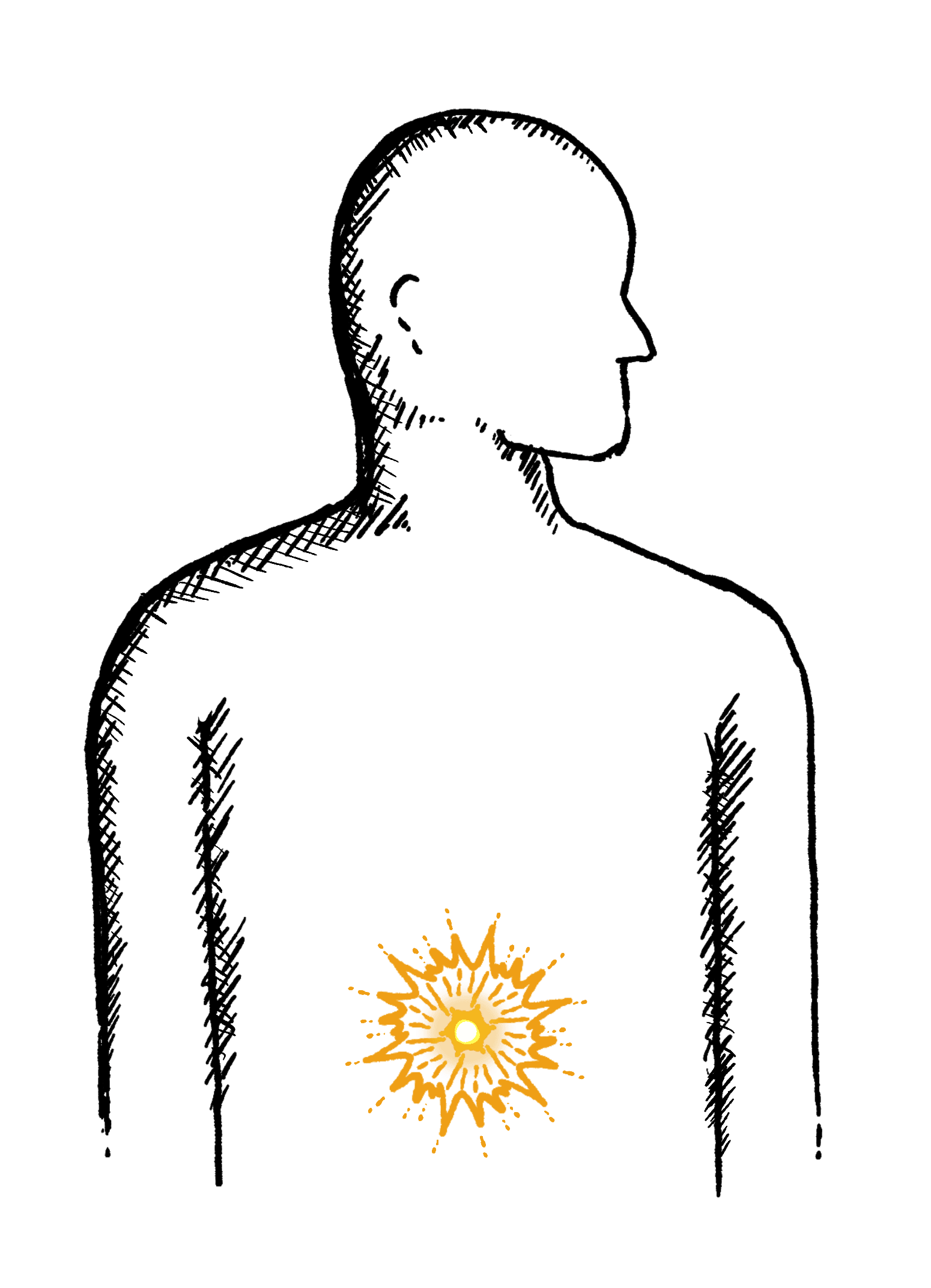
Abdominal pain or cramping, bloating, changes in bowel habits and urgency, gas
